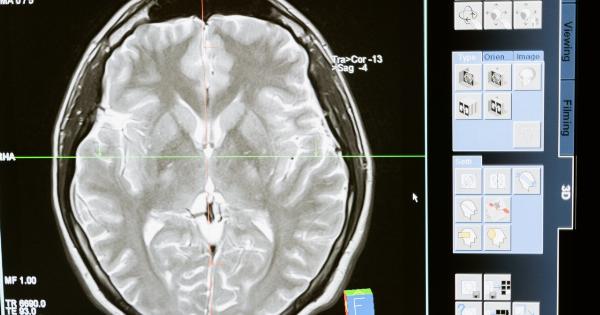Health designs play a crucial role in improving the well-being of individuals and communities. These designs aim to achieve specific objectives and address various health challenges.
However, it is essential to evaluate the outcomes of these designs to determine if they are successful in meeting their intended goals. This article revisits health designs and compares the objectives with the outcomes, shedding light on their effectiveness in promoting health and wellness.
The Importance of Health Designs
Health designs are strategic interventions that are developed to address specific health concerns and improve overall well-being.
These designs encompass various components, including policies, programs, and initiatives that aim to promote healthy behaviors, prevent diseases, and provide access to healthcare services. By implementing well-designed health programs, societies can effectively reduce the burden of diseases, enhance quality of life, and create healthier environments.
Objectives of Health Designs
Health designs typically have multiple objectives that are tailored to meet the specific needs of a population or community. Some common objectives include:.
- Promoting healthy lifestyles and behaviors
- Preventing diseases through vaccinations and screenings
- Addressing health disparities and inequities
- Improving access to healthcare services
- Enhancing mental health and well-being
Evaluating Health Design Outcomes
Once health designs are implemented, it is crucial to assess their outcomes and determine if the objectives have been achieved. Evaluation helps identify areas of success and areas that require improvement.
Some key factors to consider when evaluating health design outcomes include:.
1. Impact on Population Health
Evaluating the impact of health designs on population health is essential to measure their effectiveness. This includes assessing changes in disease prevalence, mortality rates, and overall well-being indicators.
It helps determine if the objectives of the health design have resulted in positive health outcomes for the targeted population.
2. Behavior Change
One of the primary goals of health designs is to promote healthy behaviors and lifestyle changes. Evaluating behavior change is crucial to determine if the interventions have successfully influenced individuals to adopt healthier habits.
This can be assessed through surveys, interviews, or monitoring changes in key health behaviors such as exercise, tobacco use, and diet.
3. Access to Healthcare Services
Improving access to healthcare services is a common objective of many health designs.
Evaluating the outcomes in terms of increased accessibility can involve measuring the number of individuals who have obtained healthcare coverage, reduced wait times for appointments, or increased utilization of preventive healthcare services.
4. Reduction of Health Disparities
Addressing health disparities is a crucial objective for health designs, especially in communities with marginalized populations.
Evaluating the outcomes in terms of reducing health disparities involves assessing if the gap in health outcomes between different racial, socioeconomic, or geographic groups has decreased. This can be measured through indicators such as life expectancy, disease prevalence, or healthcare utilization rates.
5. Cost-effectiveness
Health designs also need to be evaluated in terms of their cost-effectiveness. This involves assessing whether the outcomes justify the investments made in implementing the design.
Cost-effectiveness analysis considers both the financial costs and the health outcomes achieved, helping policymakers make informed decisions about resource allocation.
Challenges in Evaluating Health Design Outcomes
Evaluating health design outcomes is not without challenges. Some common obstacles include:.
1. Time Constraints
Evaluation often requires adequate time to observe changes and long-term outcomes. However, time constraints can limit the ability to fully assess the effectiveness of a health design, especially when immediate results are expected.
2. Data Availability
For a comprehensive evaluation, reliable and relevant data are essential. However, data availability can be a challenge due to privacy concerns, limited resources for data collection, or the absence of pre-implementation baseline data.
3. Confounding Factors
Evaluating health design outcomes requires considering confounding factors that may influence the observed results.
Factors such as socioeconomic status, education level, or environmental conditions can affect health outcomes independently of the health design being evaluated.
Conclusion
Evaluating the outcomes of health designs is crucial to determine their effectiveness in meeting their objectives.
By assessing the impact on population health, behavior change, access to healthcare services, reduction of health disparities, and cost-effectiveness, policymakers and stakeholders can make informed decisions about future health designs. Despite the challenges, evaluating health designs is essential for continuous improvement and promoting positive health outcomes for individuals and communities.






























